Rising Demand for Energy Efficiency
The Solar Shading System Market is experiencing a notable increase in demand for energy-efficient solutions. As energy costs continue to rise, consumers and businesses alike are seeking ways to reduce their energy consumption. Solar shading systems, which effectively minimize heat gain and glare, are becoming essential in both residential and commercial buildings. According to recent data, buildings equipped with solar shading can reduce cooling energy consumption by up to 30%. This trend is further fueled by government incentives aimed at promoting energy efficiency, which encourages the adoption of solar shading technologies. Consequently, the Solar Shading System Market is poised for growth as stakeholders recognize the long-term cost savings associated with these systems.
Increased Awareness of Climate Change
The Solar Shading System Market is significantly influenced by the growing awareness of climate change and its impacts. As individuals and organizations become more conscious of their carbon footprints, there is a shift towards sustainable building practices. Solar shading systems contribute to reducing greenhouse gas emissions by lowering energy usage in buildings. This awareness is reflected in the increasing number of green building certifications, which often require the implementation of energy-efficient solutions. The market for solar shading systems is likely to expand as more architects and builders prioritize environmentally friendly designs. Furthermore, the integration of solar shading systems aligns with global sustainability goals, making them a preferred choice in the construction industry.
Regulatory Support for Energy Efficiency
The Solar Shading System Market is positively impacted by regulatory frameworks that promote energy efficiency in buildings. Governments worldwide are implementing stricter building codes and standards that encourage the use of energy-saving technologies, including solar shading systems. These regulations often mandate the incorporation of energy-efficient solutions in new constructions and renovations. As a result, the demand for solar shading systems is likely to increase as builders and developers seek compliance with these regulations. Additionally, financial incentives such as tax credits and rebates for energy-efficient installations further stimulate market growth. The regulatory environment thus plays a crucial role in shaping the Solar Shading System Market.
Technological Advancements in Solar Shading
The Solar Shading System Market is benefiting from rapid technological advancements that enhance the functionality and efficiency of shading systems. Innovations such as automated shading solutions, which adjust based on sunlight intensity, are gaining traction. These systems not only improve user comfort but also optimize energy savings. The market is projected to grow as manufacturers invest in research and development to create smarter, more efficient products. For instance, the introduction of materials that provide better thermal insulation and UV protection is likely to attract more consumers. As technology continues to evolve, the Solar Shading System Market is expected to see an influx of new products that cater to diverse consumer needs.
Growing Urbanization and Infrastructure Development
The Solar Shading System Market is experiencing growth driven by increasing urbanization and infrastructure development. As urban areas expand, there is a rising need for efficient building designs that can accommodate larger populations while minimizing energy consumption. Solar shading systems are becoming integral to modern architecture, providing solutions that enhance comfort and reduce energy costs. The construction of new commercial and residential buildings in urban centers is likely to boost the demand for these systems. Furthermore, as cities strive to meet sustainability targets, the adoption of solar shading technologies is expected to rise. This trend indicates a promising future for the Solar Shading System Market as urban planners and architects prioritize energy-efficient designs.

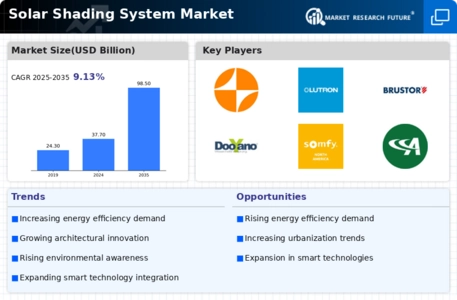
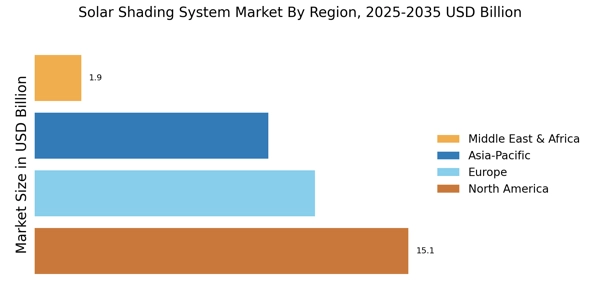
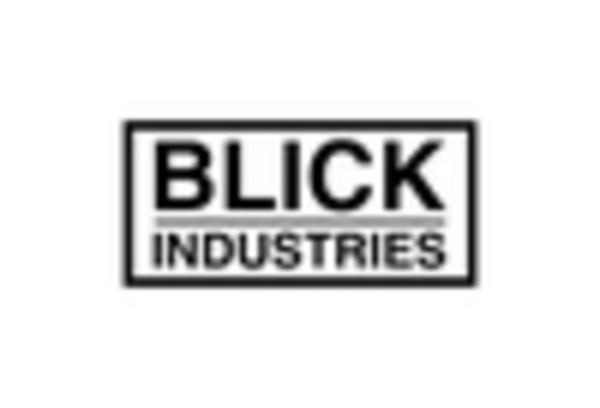
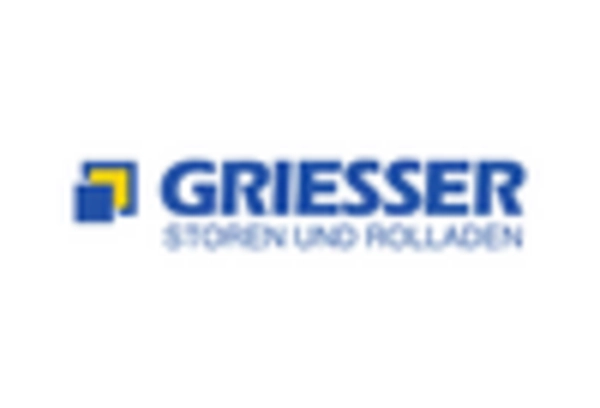
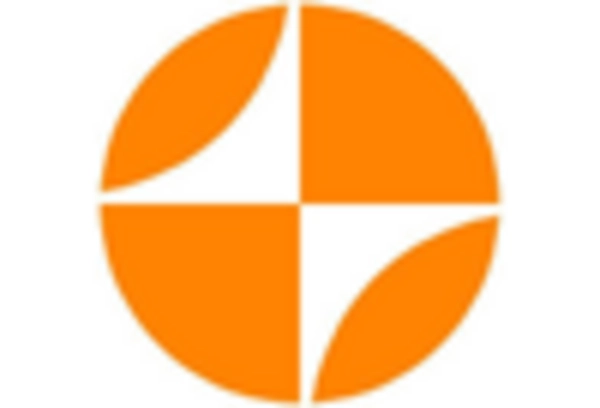
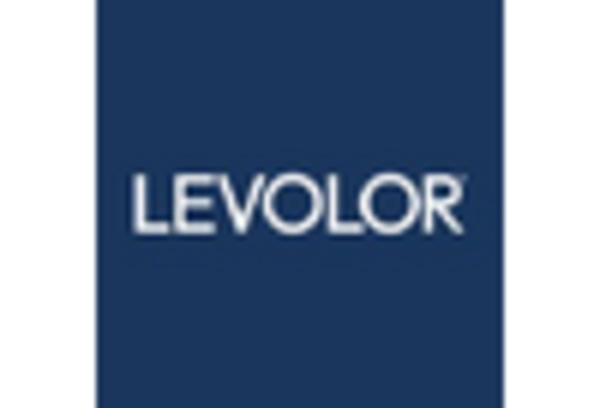
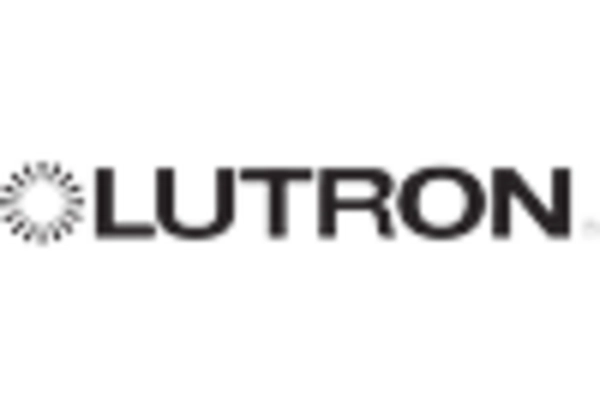
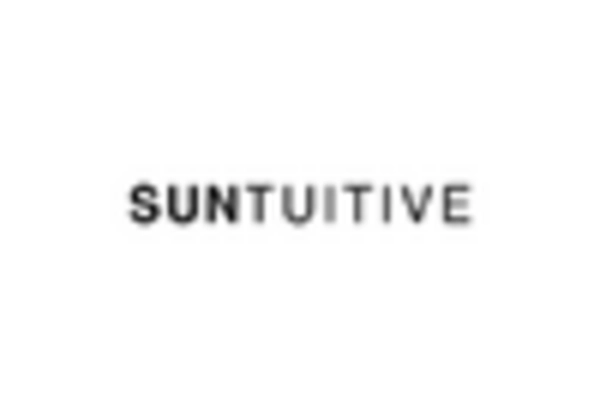








Leave a Comment